A friend asked me, tongue in cheek, if I would write a 600 part series with advice about parenting her SPD/ASD daughter. I gulped and laughed. I wish I had that series myself. I am NOT an Autistic Parenting Expert by any stretch of the imagination. I am new to this journey and am figuring it out as I go along.
However, I want to help and encourage others in their parenting journeys so I told my friend that I had three ideas for posts about techniques that work for us…sometimes. Read Part 1 here (How to become a Meltdown Prepper).
We were at soccer and my 8 year old son was falling apart. Benji is Autistic and as much as he was wildly excited about indoor soccer practice, he had a meltdown each week, about 10-15 minutes after we got there.
He would get overwhelmed and angry, would storm off, run away from the other kids and coaches, and would not be able to communicate. One time he even ran out of the gym into the parking lot. That really scared me.
I was starting to drown in the panic of “I don’t know what to do,” so “soccer” became a main topic in our sessions with Benji’s counselor.
She introduced us to the “Choice A or Choice B” concept.
This behavior tool was developed for children with Autism and can work well for ages 3-9. Our therapist gave me this short book to read to familiarize myself with this tool.
The concept is pretty simple in theory (a bit more tricky in practice):
Choice A is doing what will make both the child and the parent happy.
Choice B is NOT doing what will make both the child and parent happy.
The child can make choice A and reap the positive consequences
OR
The child can make choice B and reap the negative consequence
The child can also ask for help in making Choice A (asking for help, asking for a break, admitting that he wants to make choice B and needs help to make Choice A).
The theory behind Choice A and Choice be is to REDUCE choices, as too many choices can overwhelm a child, especially an Autistic child.
Benji, like many children with Autism, thinks in a very black and white, either/or fashion so presenting him with “Choice A or Choice B” made sense to him.
Soccer was our biggest challenge at the moment but we had to be creative as to how Choice A or Choice B would look at soccer.
First we had to define Choice A:
At soccer, Choice A looks like Benji participating in soccer drills, listening to his coaches, playing with the other kids, and being a part of the group. This choice will make us (parents) happy, his coaches happy, and most importantly, it will make HIM happy.
 Choice B looks like Benji storming off, running away, throwing a fit, and will have a consequence of not participating in soccer and maybe sitting out in the car for a Calm Down time out. This will make Mom, Dad, and Benji unhappy.
Choice B looks like Benji storming off, running away, throwing a fit, and will have a consequence of not participating in soccer and maybe sitting out in the car for a Calm Down time out. This will make Mom, Dad, and Benji unhappy.
After defining Soccer Choice A and Choice B with Benji, we also came up with a plan for if and when he did start struggling:
If Benji wanted to make Choice B, he could ask us for help (Mom, please help me calm down), or tell us that he needed to take a break.
Our therapist encouraged us to make the break short so that sitting out didn’t become the norm and we could quickly get back to Choice A.
Unlike other tools we had used to try and help Benji, I was excited about the Choice A/Choice B method because it seemed to jive with his personality because it was a simple, black and white approach.
And it really seemed to help.
Before the next soccer practice, we talked a long time about Choice A and Choice B and the tools we wanted Benji to use if he needed help.
“Remember Benji,” I told him as we parked the car at the gym. “Choice A will make you happy because you want to play soccer and have a good time. If you feel like you are starting to make Choice B though, Dad and I will be there to help you. You can ask for help or a break if you need it, okay?”
I crossed my fingers, said a quick prayer, and hoped for the best.
Sure enough, he started out great. Then, whatever it is that caused soccer to be challenging–sensory overload, communication challenges, personal frustrating, motor skill difficulties, whatever–kicked in and Benji stomped off the the edge of the gym.
I walked over to him. “Are you making Choice A or Choice B?”
He wouldn’t look at me and skirted away.
I ran after him, put my hands on his shoulders and turned him towards me. “Choice A or Choice B?”
“Mooooom!”
“Benji…!”
“Ok, Ok! Choice B!”
“Is that making you happy?”
Silence. Then, “No.”
“Do you need a break? I will help you.”
He was struggling. It is tough to work through frustrations and the twisting, aching turmoil that Autism brings. I really don’t even know. I can only guess.
I waited a few heartbeats, a few breaths.
“I want to make Choice A!” he barked, a frown on his brow. “I want to play!”
“I know you do, buddy. I know you do.”
So we talked for a few more moments, about expectations, about kicking the ball to other kids, about how being the goalie isn’t always exciting, about listening.
Then he took a deep breath and ran back to play. He made Choice A because that was the choice that was ultimately going to make him happy.
It made me happy too.
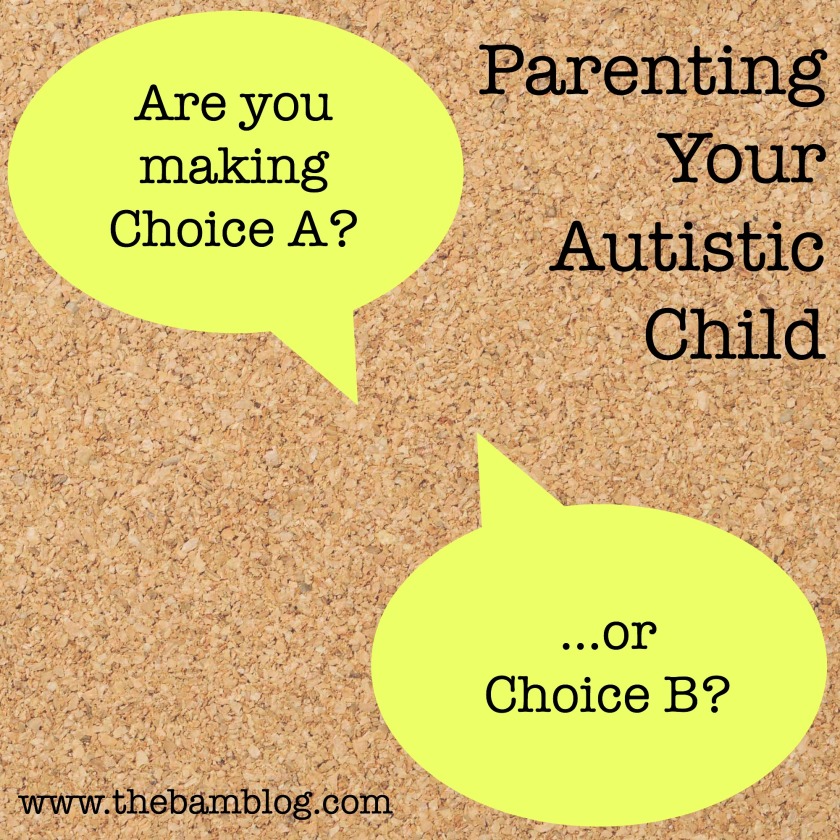
Here is another scenario for how Choice A/Choice B might look for a situation like Getting Dressed:
Choice A: If you get dressed quickly, you are happy, Mom is happy, we are not rushed getting out the door, and you get a sticker for your Get Dressed Chart.
Choice B: You mess around, throw a fit, refuse to get dressed. You are unhappy, Mom is unhappy; we are late for preschool and may miss your favorite Good Morning song; you do not get a sticker for your chart.
The Choice A/Choice B tool isn’t perfect. It’s important to note that Choice B is not a punishment, but there may be negative consequences for choosing Choice B (sitting out, not participating in the group, Mom is sad, you are sad, the fun thing we wanted to do is not possible now, etc) .
The important thing about this method is giving the child the power to make a Choice, instead of feeling powerless and out of control.
This tool works better in some situations than others and it requires creativity, preparation, practice, and clear expectations. We have used it intermittently since Soccer ended. But, ultimately, I really like it because it is simple, it requires personal responsibility, and it clicks with who Benji is as a person.
Have you used the Choice A or Choice B method with your child, Autistic or not?
How did it work for you?
Share you story below!
I hope that my story can bring hope, healing, and happiness to you. TheBamBlog is trying to grow! Did this post encourage you or would it inspire someone you know?
If so, please share! Thank you! 🙂



 I had to change.
I had to change.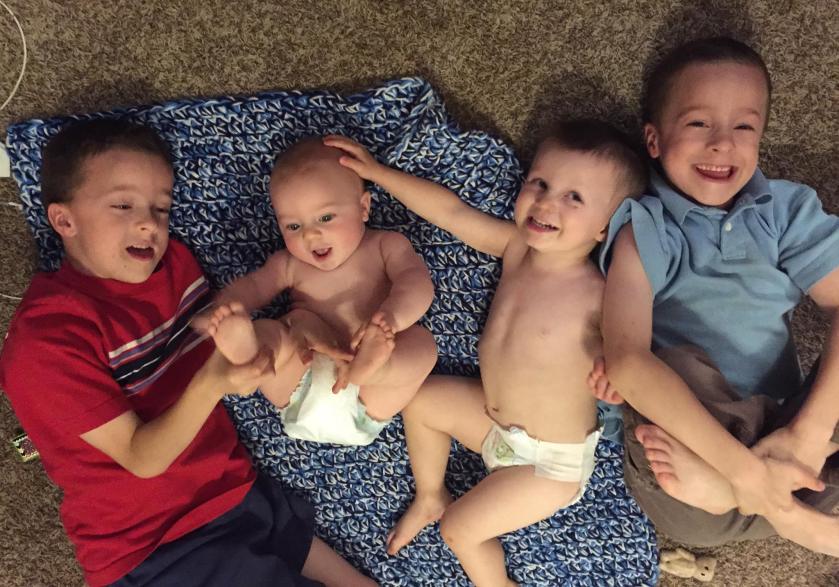 I also love to help people, volunteer, get together with friends, host parties, mentor college girls, and sew, read, write, and cook. Until very recently, I was a work at home mom (adjunct professor).
I also love to help people, volunteer, get together with friends, host parties, mentor college girls, and sew, read, write, and cook. Until very recently, I was a work at home mom (adjunct professor). 3. You yell all the time
3. You yell all the time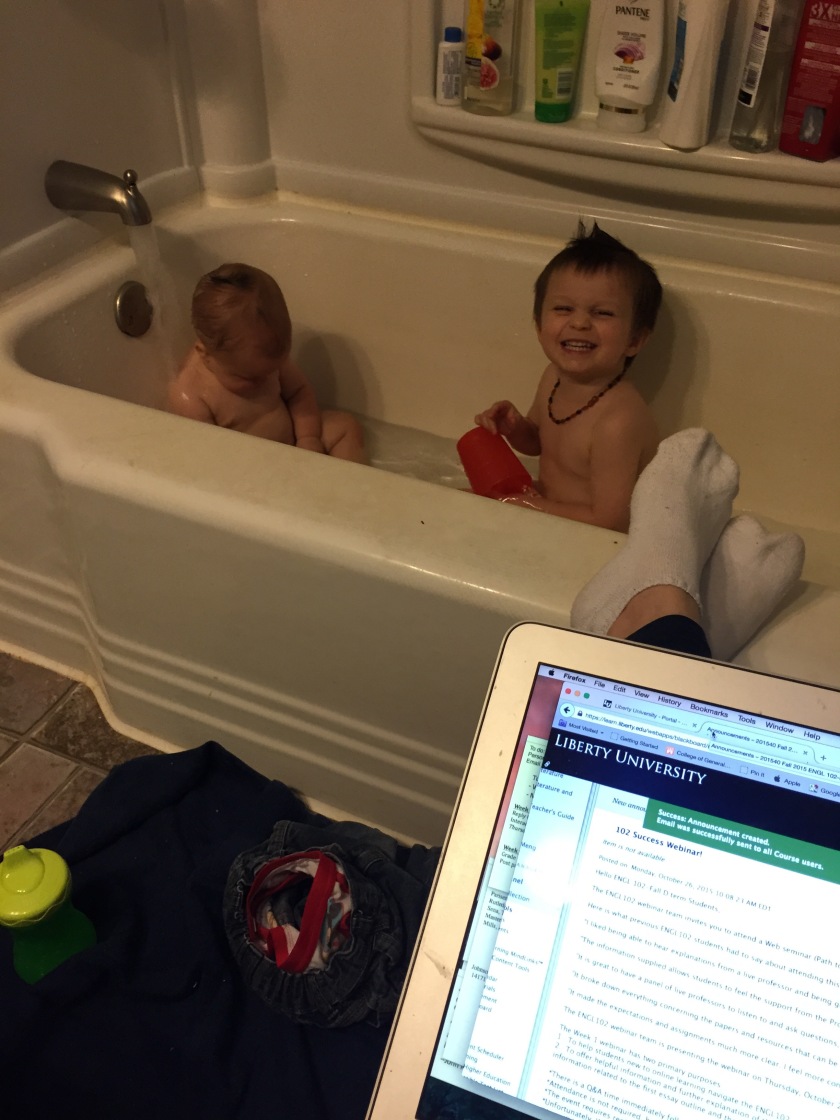 And if I wanted to spend very-needed time with my husband or friends, or fulfill my volunteering obligations (“I told them I would do it and I will!”), then there really was no time to rest or even go to bed at a decent hour.
And if I wanted to spend very-needed time with my husband or friends, or fulfill my volunteering obligations (“I told them I would do it and I will!”), then there really was no time to rest or even go to bed at a decent hour. I hate asking for help (I think we all do) But admitting that I can’t do it all by myself lifts such a burden, even if I feel guilty at the time.
I hate asking for help (I think we all do) But admitting that I can’t do it all by myself lifts such a burden, even if I feel guilty at the time. I hate saying no to things I really want to do in my life, but at this unique season of small children with big needs, recognizing my own limitations has put me on the better path, one that leads to less stress and more rest.
I hate saying no to things I really want to do in my life, but at this unique season of small children with big needs, recognizing my own limitations has put me on the better path, one that leads to less stress and more rest.

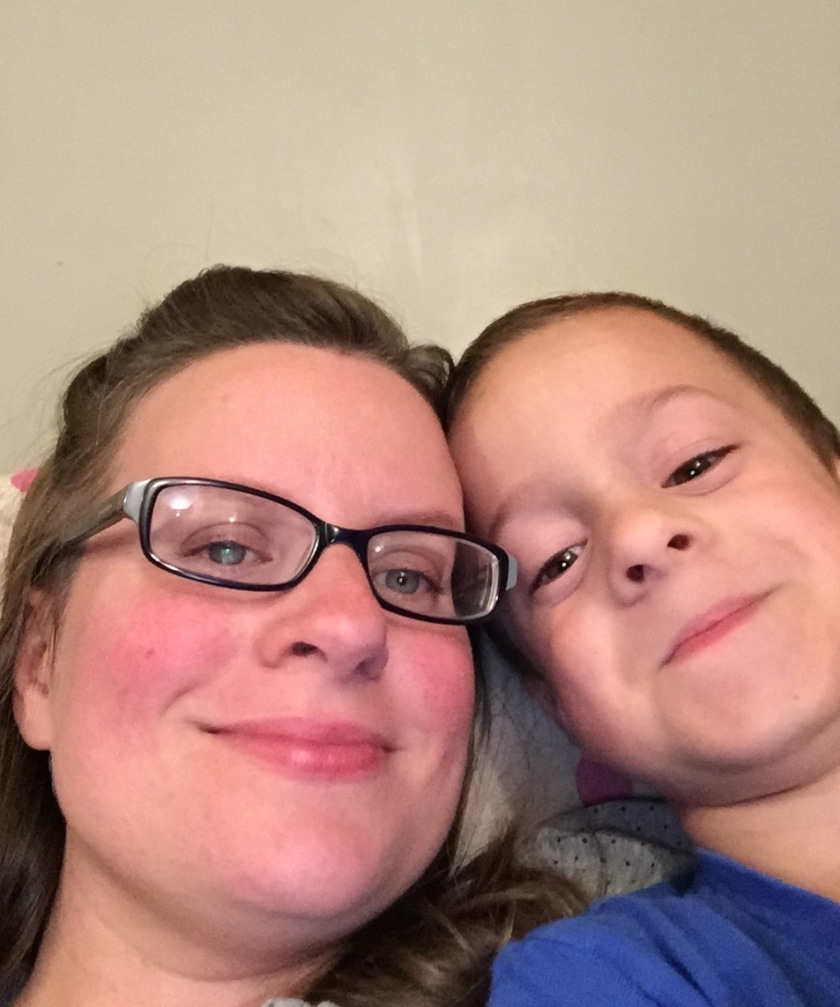 When I stop ignoring my gut, we stopped spinning our wheels and started moving forward.
When I stop ignoring my gut, we stopped spinning our wheels and started moving forward.






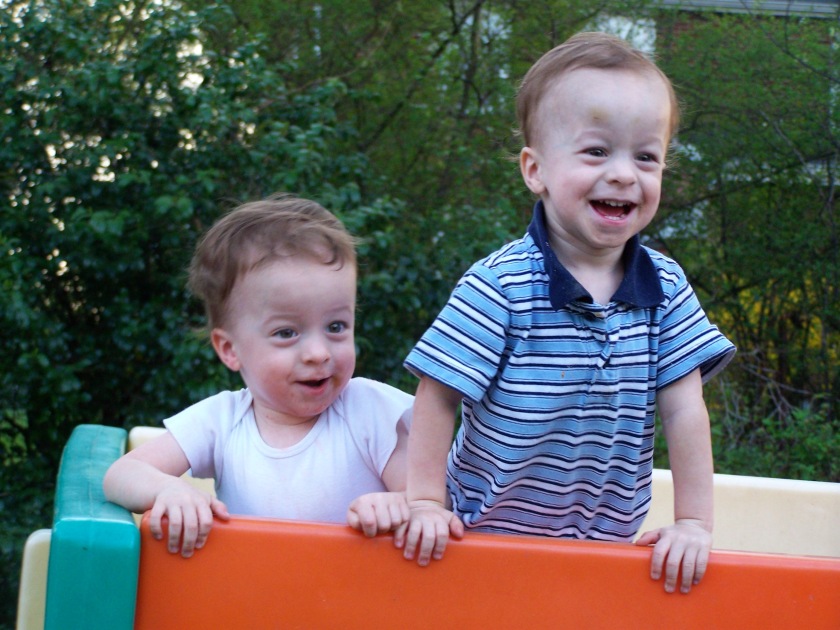



 So, here’s the bottom line. I have identical twins who both have ADHD.
So, here’s the bottom line. I have identical twins who both have ADHD.
 The most significant aid the medication gives him is his ability to capture and order his thoughts and words, to listen and follow instructions, and to be able to attend to a conversation for a productive length of time.
The most significant aid the medication gives him is his ability to capture and order his thoughts and words, to listen and follow instructions, and to be able to attend to a conversation for a productive length of time. “Thank you,” I gulped, my voice cracking. “Thank you.”
“Thank you,” I gulped, my voice cracking. “Thank you.”